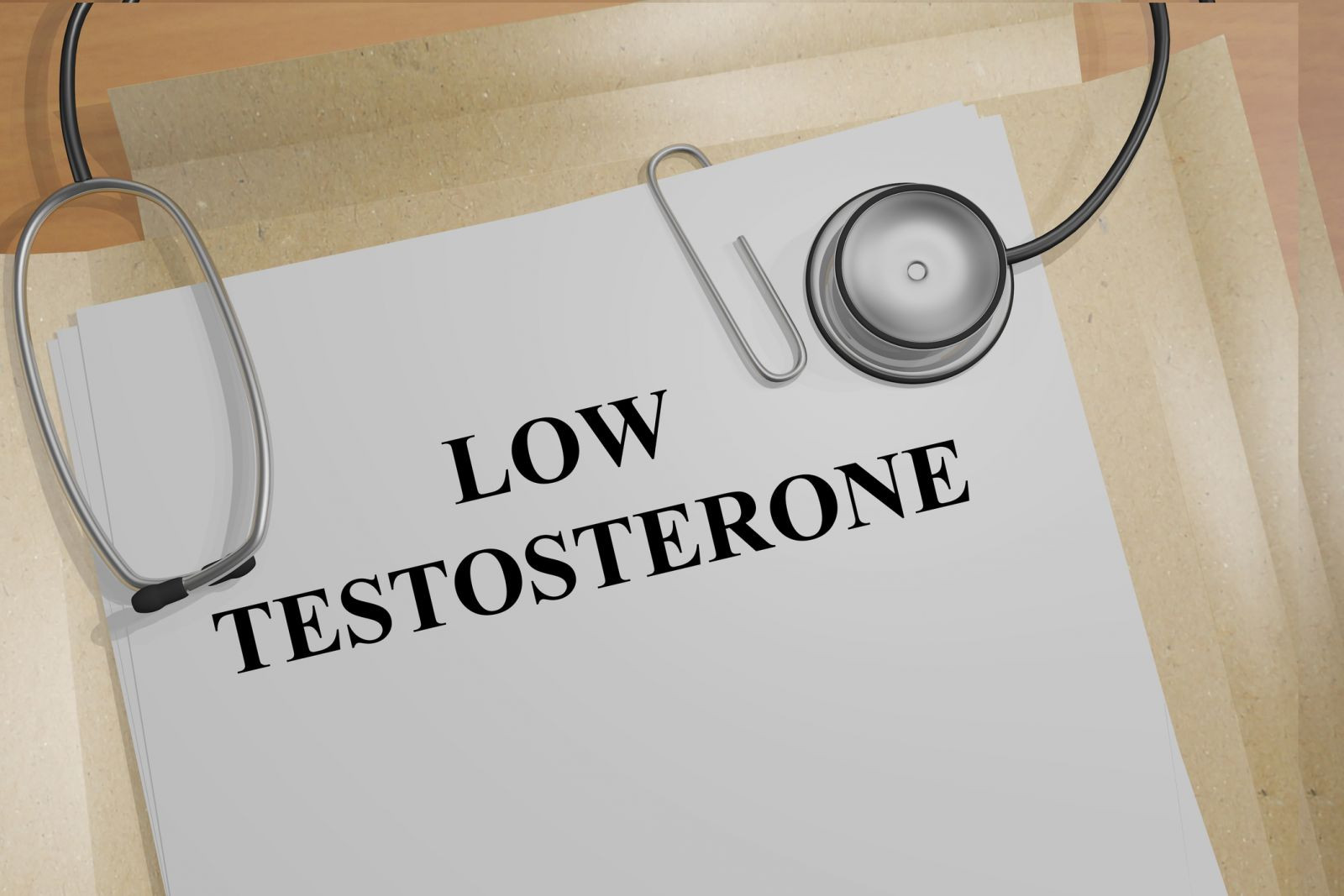Treating low testosterone levels
Men naturally lose testosterone as they age, but there are "low-t" treatments available.

Testosterone is the hormone that gives men their manliness. Produced by the testicles, it is responsible for male characteristics like a deep voice, muscular build, and facial hair. Testosterone also fosters the production of red blood cells, boosts mood, keeps bones strong, and aids thinking ability. Lack of testosterone, often nicknamed, low-t, can cause unwanted symptoms.
Testosterone levels peak by early adulthood and drop as you age—about 1% to 2% a year beginning in the 40s. As men reach their 50s and beyond, this may lead to signs and symptoms, such as impotence or changes in sexual desire, depression or anxiety, reduced muscle mass, less energy, weight gain, anemia, and hot flashes. While falling testosterone levels are a normal part of aging, certain conditions can hasten the decline. Low t risk factors include:
- injury or infection
- chemotherapy or radiation treatment for cancer
- medications, especially hormones used to treat prostate cancer and corticosteroid drugs
- chronic illness
- stress
- alcoholism
- obesity
Millions of men use testosterone replacement therapy to restore low levels and feel more alert, energetic, mentally sharp, and sexually functional. But it's not that simple. A man's general health also affects his testosterone levels. For instance, being overweight, having diabetes or thyroid problems, and taking certain medications, such as glucocorticoids and other steroids, can affect levels. Therefore, simply having low-t levels does not always call for taking extra testosterone.
Diagnosing low testosterone
Doctors diagnose low testosterone based on a physical exam, a review of symptoms, and the results of multiple blood tests since levels can fluctuate daily.
If your doctor diagnoses low testosterone, other tests may be considered before therapy. For example, low-t can speed bone loss, so your doctor may recommend a bone density test to see whether you also need treatment for osteoporosis.
Prostate cancer is another concern, as testosterone can fuel its growth. As a result, the Endocrine Society recommends against testosterone supplementation for men in certain situations, including those who:
- have prostate or breast cancer
- have an elevated blood level of prostate-specific antigen (a blood test used to screen for prostate cancer)
- have a prostate nodule that can be felt during a rectal exam.
Other circumstances in which testosterone supplementation is not recommended include:
- a plan to become a father in the near-term
- an elevated red blood cell count
- severe, untreated sleep apnea
- severe lower urinary tract symptoms
- poorly controlled heart failure
- heart attack or stroke within the last 6 months
- a tendency to form blood clots (a condition called thrombophilia)
Testosterone therapy for low levels
In most cases, men need to have both low levels of testosterone in their blood and several symptoms of low testosterone to go on therapy.
It is possible to have low levels and not experience symptoms. But if you do not have any key symptoms, especially fatigue and sexual dysfunction, which are the most common, it is not recommended you go on the therapy given the uncertainty about long-term safety.
Even if your levels are low and you have symptoms, low-t therapy is not always the first course of action. If your doctor can identify the source for declining levels—for instance, weight gain or a particular medication—he or she may first address that problem.
If you and your doctor think testosterone replacement therapy is right for you, there are a variety of delivery methods to consider, as found in the Harvard Special Health Report Men's Health: Fifty and Forward.
- Skin patch. A patch is applied once every 24 hours, in the evening, and releases small amounts of the hormone into the skin.
- Gels. Topical gels are spread daily onto the skin over both upper arms, shoulders, or thighs. It is important to wash your hands after applying and to cover the treated area with clothing to prevent exposing others to testosterone.
- Oral therapy. Capsules are swallowed or tablets are attached to your gum or inner cheek twice a day. Testosterone is then absorbed into the bloodstream.
- Pellets. These are implanted under the skin, usually around the hips or buttocks, and slowly release testosterone. They are replaced every three to six months.
- Injections. Various formulations are injected every seven to 14 days. Testosterone levels can rise to high levels for a few days after the injection and then slowly come down, which can cause a roller-coaster effect, where mood and energy levels spike before trailing off.
Most men feel improvement in symptoms within four to six weeks of taking testosterone replacement therapy, although changes like increases in muscle mass may take from three to six months.
– By Matthew Solan
Executive Editor, Harvard Men's Health Watch
Disclaimer:
As a service to our readers, Harvard Health Publishing provides access to our library of archived content. Please note the date of last review or update on all articles.
No content on this site, regardless of date, should ever be used as a substitute for direct medical advice from your doctor or other qualified clinician.












